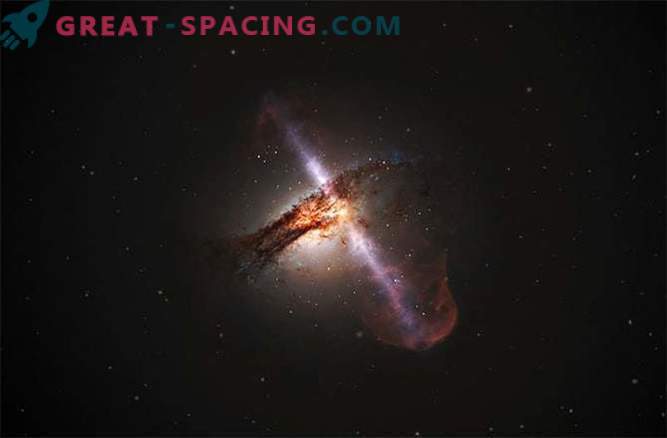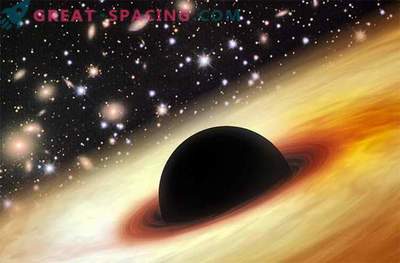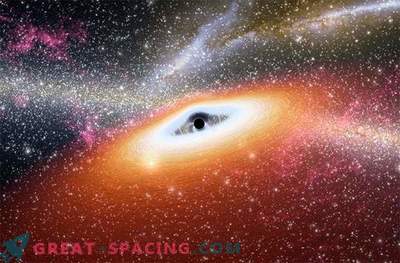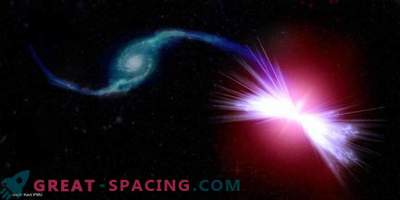
The found giant black hole is almost 7 billion times more massive than our Sun and ten times larger than astronomers had expected, given the size of the galaxy where it is located.
Scientists added that this discovery may provide answers in the question of possible models for the formation of galaxies.
Astronomers investigated a supermassive black hole, codenamed CID-947, using the Keck Observatory at Hawaii, NASA Chandra X-ray Observatory and the European Space Agency XMM-Newton.
This black hole is one of the largest ever seen. It was formed at the very beginning of our Universe, when it was only 2 billion. years old. It happened 11.7 billion. years ago. Gas streams that move around the black hole, testify to its huge mass, which is 7 billion times more than that of our Sun.
The discovery was unexpected. "The aim of our study was to observe objects of the normal type, and not so exotic," says S. Megan Urry, a research participant from Yale University. "The goal of the project was to search for classic black holes in typical galaxies of the visible part of the universe. We were shocked to see such a giant black hole." However, most of all, the research team was surprised by the mass of the galaxy around the black hole. “Measurements correspond to the mass of a typical galaxy,” said Benny Trachtenbrot, an astrophysicist from the Swiss Federal Institute of Technology in Zurich, who is the lead author of the study. They managed to find a huge black hole in a normal galaxy of normal volume.
In the center of most galaxies known to us there are black holes, the mass of which is from millions to billions of times greater than the mass of the Sun. All found before this time, from the total mass of their galaxy occupy only 0, 2-0, 5%, which is several times less than in the case of CID-947.
Trachtenbrot said that the black hole they found occupies a tenth of the mass of their galaxy. "It is massive compared to ordinary galaxies." The result surprised researchers so much that astronomers hired outside experts to test their results.
According to the data we have today, supermassive black holes with their parent galaxies should grow at the same time and at the same speed. In the case of the CID-947, this rule does not work, and it increases much faster than scientists thought.
Trachtenbrot stressed that the black hole and the galaxy did not grow in parallel, as was previously assumed in many models. In addition, scientists have found that, despite the completion of the active growth of the black hole and its expansion, stars in the galaxy continue to form. Previous studies have suggested that radiation and gas that move around it will interfere with their birth.
“Black holes do not affect the growth of the galaxy - again, contrary to many common models and ideas in this area,” said Trakhtenbrot. "The black hole has passed its growth stage and turned off. The galaxy continues to grow."
This finding confirms previous studies that suggested that black holes in the newborn Universe grew incredibly fast, Trachtenbrot said. For example, the early Universe was much smaller, and thus more dense than it is on average today, which could help black holes swallow "almost continuous gas flow."
Now, the Trakhtenbrot team is trying to discover even older black holes with the same large mass in order to better understand the processes of their formation and interaction with the parent galaxies.











































